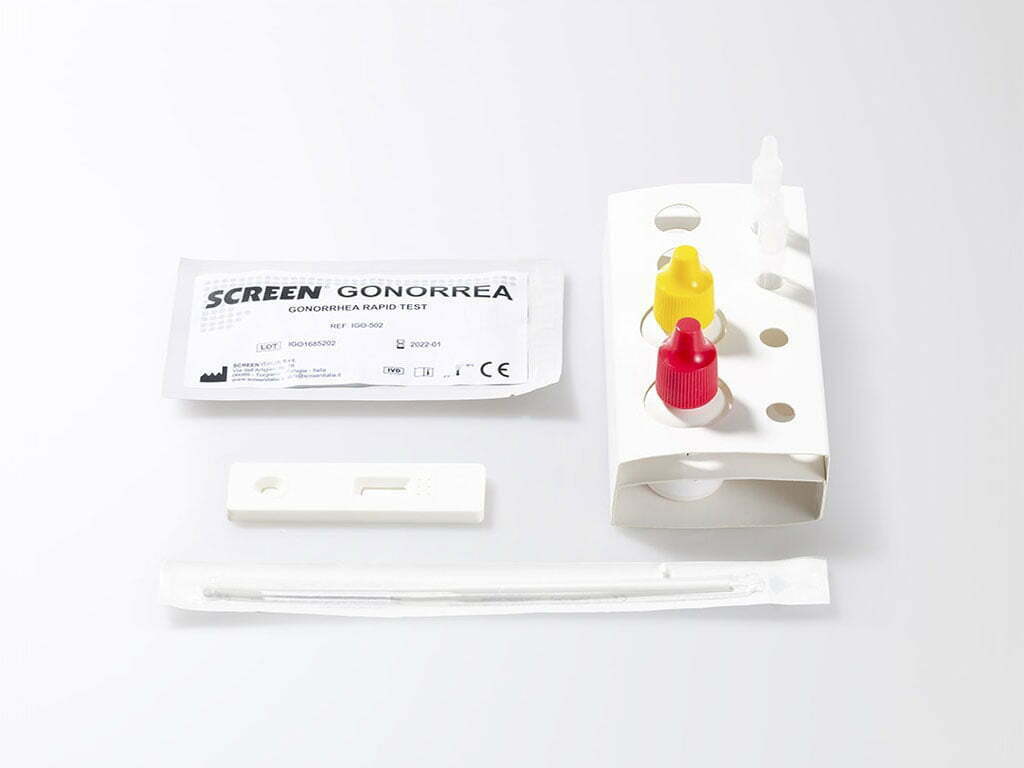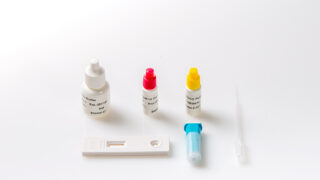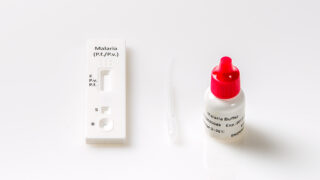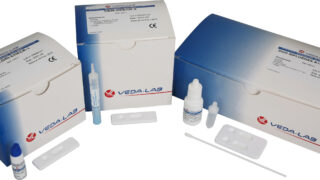Categories
Gonorrhea Rapid Test
The Gonorrhea Rapid Test Cassette (Swab) is a rapid chromatographic immunoassay for the qualitative detection of Neisseria gonorrhoeae in female cervical swab and male urethral swab specimens to aid in the diagnosis of Gonorrhea infection.
Product information
The Gonorrhea Rapid Test Cassette (Swab) is a rapid chromatographic immunoassay for the qualitative detection of Neisseria gonorrhoeae in female cervical swab and male urethral swab specimens to aid in the diagnosis of Gonorrhea infection.
Advantages of Gonorrhea test
- Easy to perform
- No complex sample collection needed
- Accurate test result
General information
Gonorrhea is a sexually transmitted disease caused by the bacterium Neisseria gonorrhoeae. Gonorrhea is one of the most common infectious bacterial diseases and is most frequently transmitted during sexual intercourse, including vaginal, oral and anal sex. The causative organism can infect the throat, producing a severe sore throat. It can infect the anus and rectum, producing a condition called proctitis. With females, it can infect the vagina, causing irritation with drainage (vaginitis). Infection of the urethra may cause urethritis with burning, painful urination, and a discharge. When women have symptoms, they often note vaginal discharge, increased urinary frequency, and urinary discomfort. Spread of the organism to the fallopian tubes and abdomen may cause severe lower abdominal pain and fever. The average incubation for Gonorrhea is approximately 2 to 5 days following sexual contact with an infected partner. However, symptoms may appear as late as 2 weeks. A preliminary diagnosis of Gonorrhea can be made at the time of examination1. In women, Gonorrhea is a common cause of pelvic inflammatory disease (PID). PID can lead to internal abscesses and long-lasting, chronic pelvic pain. PID can damage the fallopian tubes enough to cause infertility or increase the risk of ectopic pregnancy.2A smear or swab of urethral or cervical discharge may be taken and tested using a Gonorrhea Rapid Test Cassette (Swab).
The Gonorrhea Rapid Test Cassette (Swab) is a qualitative, lateral flow immunoassay for the detection of Gonorrhea antigen from female cervical and male urethral. In the test, antibody specific to the Gonorrhea antigen is coated on the test line region of the test. During testing, the extracted antigen solution reacts with an antibody to Gonorrhea that is coated onto particles. The mixture migrates up to react with the antibody to Gonorrhea on the membrane and generates a color line in the test region. The presence of this colored line in the test line region indicates a positive result, while its absence indicates a negative result. To serve as a procedural control, a colored line will always appear in the control line region, indicating that proper volume of specimen has been added and membrane wicking has occurred.
Specimen Collection
The Gonorrhea Rapid Test Cassette (Swab) can be performed using female cervical swab and male urethral swab specimens. The quality of specimens obtained is of extreme importance. Detection of Gonorrhea antigen requires a vigorous and thorough collection technique that provides adequate amount of antigen.
Female Cervical Swab Specimen Collection
- Use the swab provided in the kit. Alternatively, any plastic-shaft swab may be use.
- Before specimen collection, remove excess mucus from the endocervical area with a cotton ball and discard. The swab should be inserted into the endocervical canal, past the squamocolumnar junction until most of the tip is no longer visible. This will permit acquisition of columnar or cuboidal epithelial cells, which are the main reservoir of the Gonorrhea organism. Firmly rotate the swab 360° in one direction (clockwise or
counterclockwise), let stand for 15 seconds, then withdraw the swab. Avoid contamination from exocervical or vaginal cells. Do not use 0.9% sodium chloride to treat swabs before collection specimens. If the test is to be conducted immediately, put the swab into the extraction tube - If the test is to be conducted immediately, put the swab into the extraction tube.
Male Urethral Swab Specimens Collection
- Standard plastic-or wire-shaft sterile swabs should be used for urethral specimen collection. Instruct patients not to urinate for at least 1 hour period to specimen collection.
- Insert the swab into the urethral about 2-4cm, rotate the swab 360° in one direction (clockwise or counterclockwise), let stand for 10 seconds, then withdraw. Do not use 0.9% sodium chloride to treat swabs before collection swab.
- It is recommended that specimens be processed as soon as possible after collection. If immediately testing is not possible, the patient swab specimens should be placed in a dry transport tube for storage or transport. The swab may be stored for 4-6 hours at room temperature (15-30℃) or 24-72 hours refrigerated (2-8℃) for 24 hours. Do not freeze. All specimens should be allowed to reach the room temperature (15-30℃)
before testing.
Test Procedure
Allow the test, reagents, swab specimen, and/or controls to reach room temperature (15-30℃) prior to testing.
- Remove the test cassette from the seal pouch and use it as soon as possible. Best result will be obtained if the test is performed immediately after opening the foil pouch.
- Extract the Gonorrhea antigen according to the specimen type.
- Hold the reagent 1 bottle vertically and add 5 drops of reagent 1 (approx. 300ul) to the extraction tube. Reagent 1 is colorless. Immediately insert the swab, compress the bottom of tube and rotate swab 15 times. Let stand for 2 minutes.
- Hold the reagent 2 bottle vertically add 4 drops of reagent 2 (approx. 200ul) to the extraction tube. The solution would turn turbid. Compress the bottle of tube and rotate the swab 15 times until the solution turn clear with a slight green or blue tint. If the swab is bloody, the color will turn yellow or brown. Let stand 1 minute.
- Press the swab against the side of tube and withdraw the swab while squeezing the tube. Keep as much liquid in the tube as possible. Fit the dropper tip on top of extraction tube.
- Place the test cassette on a clean and level surface. Add 3 full drops of the extracted solution (approx. 100ul) to the specimen well of the test cassette, then start the timer.
Interpretation of the results
POSITIVE: Two colored lines appear. One colored line should be in the control line region (C) and another apparent colored line should be in the test line region (T). A positive result indicates that Gonorrhea was detected in the specimen.
*NOTE: The intensity of the color in the test line region (T) will vary depending on the concentration of Gonorrhea present in the specimen. Therefore, any shade of color in the test line region (T) should be considered positive.
NEGATIVE: One colored line appears in the control line region (C). No line appears in the test line region (T). A negative result indicates that Gonorrhea antigen is not present in the specimen, or is present below the detectable level of the test.
INVALID: Control line fails to appear. Insufficient specimen volume or incorrect procedural techniques are the most likely reasons for control line failure. Review the procedure and repeat the test with a new test. If the problem persists, discontinue using the test kit immediately and contact your local distributor.
| Product name | Chlamydia Rapid Test |
|---|---|
| Detection | Bacterium Neisseria gonorrhoeae |
| Type | |
| Sample Type | |
| Pack Size | |
| Format | |
| Analyte Detection |
Related products
-
Medical Tests
Mononucleosis Rapid Test
Price requestMononucleosis, known as the “mono spot” test or the infectious mononucleosis test, is a diagnostic test that helps identify the presence of the Epstein-Barr virus (EBV) in a person’s blood. EBV is the virus responsible for causing mononucleosis, a common viral infection often referred to as the “kissing disease.” The test is used to confirm a mononucleosis diagnosis. It plays a crucial role in identifying the underlying cause of symptoms like fatigue, fever, and sore throat, enabling appropriate medical care and management.
-
Medical Tests
Malaria Rapid Test
Price requestA Malaria Test is a diagnostic test used to detect the presence of the malaria parasite in a person’s blood. These tests are crucial for diagnosing malaria, a potentially life-threatening mosquito-borne disease. They are offered by healthcare providers and laboratories, and they typically include rapid diagnostic tests (RDTs) and microscopic examination of blood smears. Rapid tests provide quick results, allowing for timely treatment and management of the disease. These tests are vital in regions where malaria is prevalent and for travelers to such areas.
-
Medical Tests
Clostridium Difficile Toxin A/B/GDH Rapid Test
Price requestThe Clostridium difficile A, B, and GDH (Glutamate Dehydrogenase) test is a diagnostic tool used to identify the presence of C. difficile bacteria and its toxins, A and B, in a patient’s stool sample. This test is crucial for diagnosing C. difficile infections, especially in healthcare settings, where it can lead to severe diarrhea and complications. Rapid detection helps in timely treatment and infection control, preventing its spread to others.
-
Hormone Tests
hCG 25mIU/mL Rapid Test
Price requestThe human chorionic gonadotropin (hCG) test is a diagnostic test used to detect the presence of hCG, a hormone produced during pregnancy. This test is typically performed on a serum or urine sample. It is used to confirm pregnancy, as hCG levels rise early in gestation.

 Drug Test
Drug Test Heart Markers
Heart Markers Hormone Tests
Hormone Tests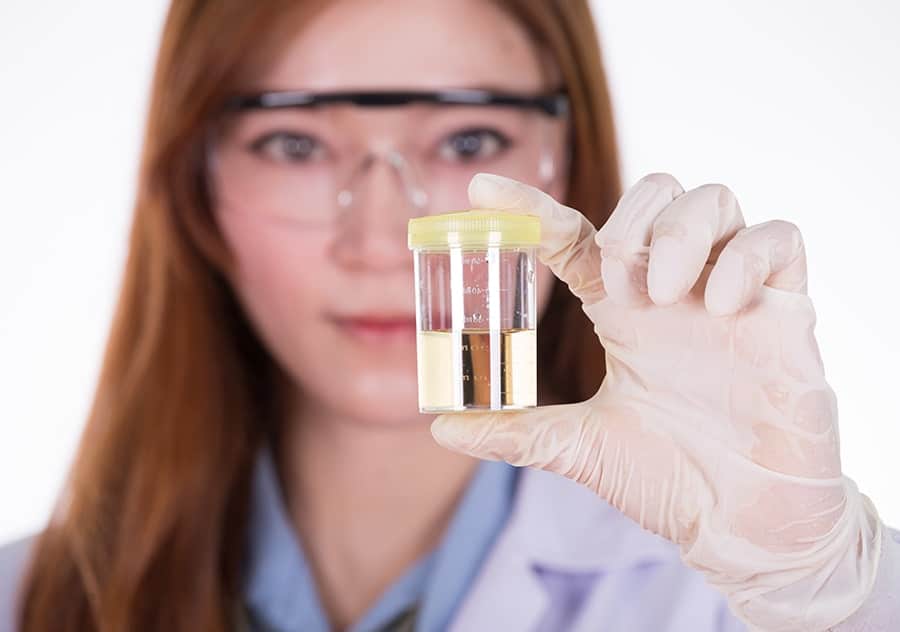 Medical Tests
Medical Tests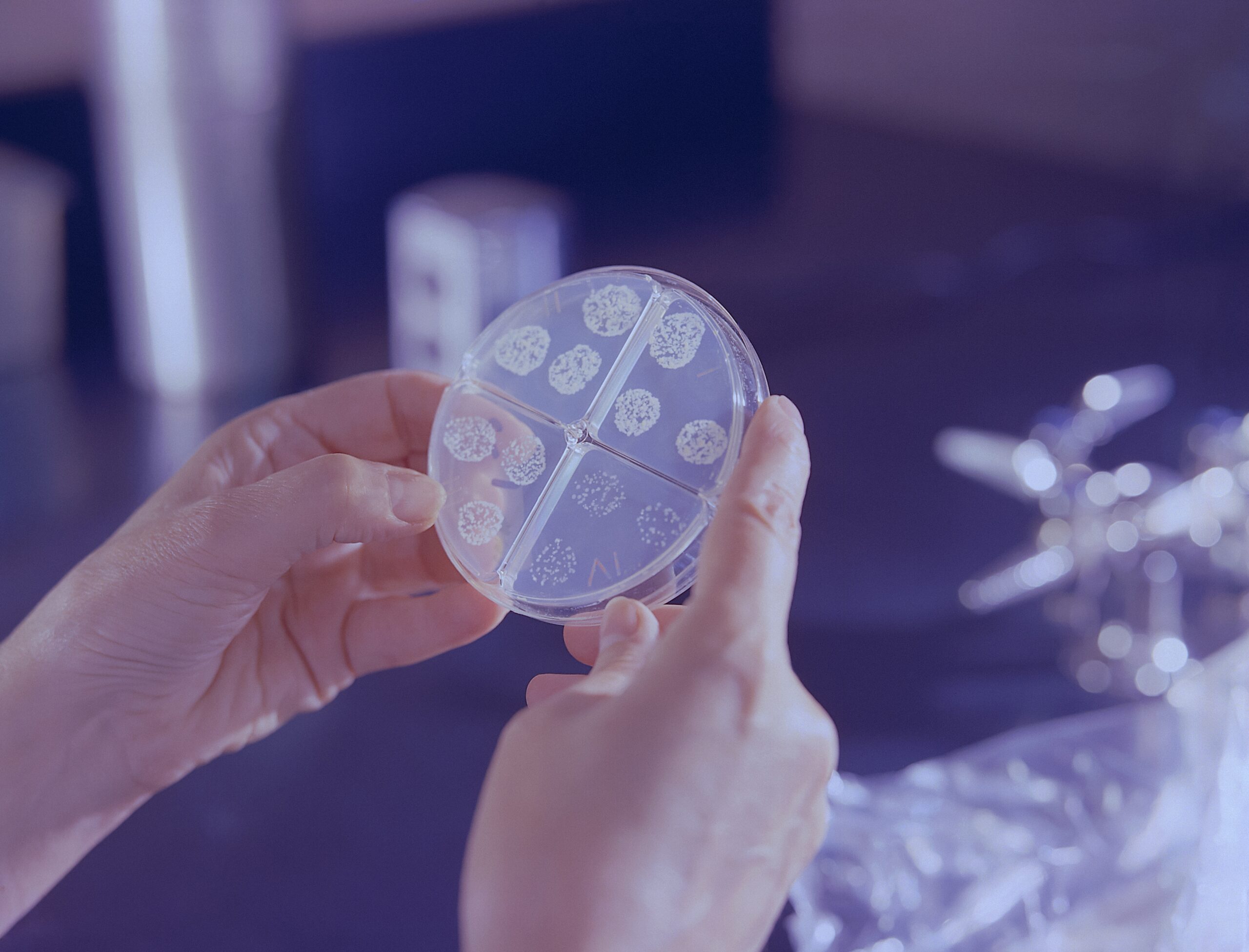 Microbiology
Microbiology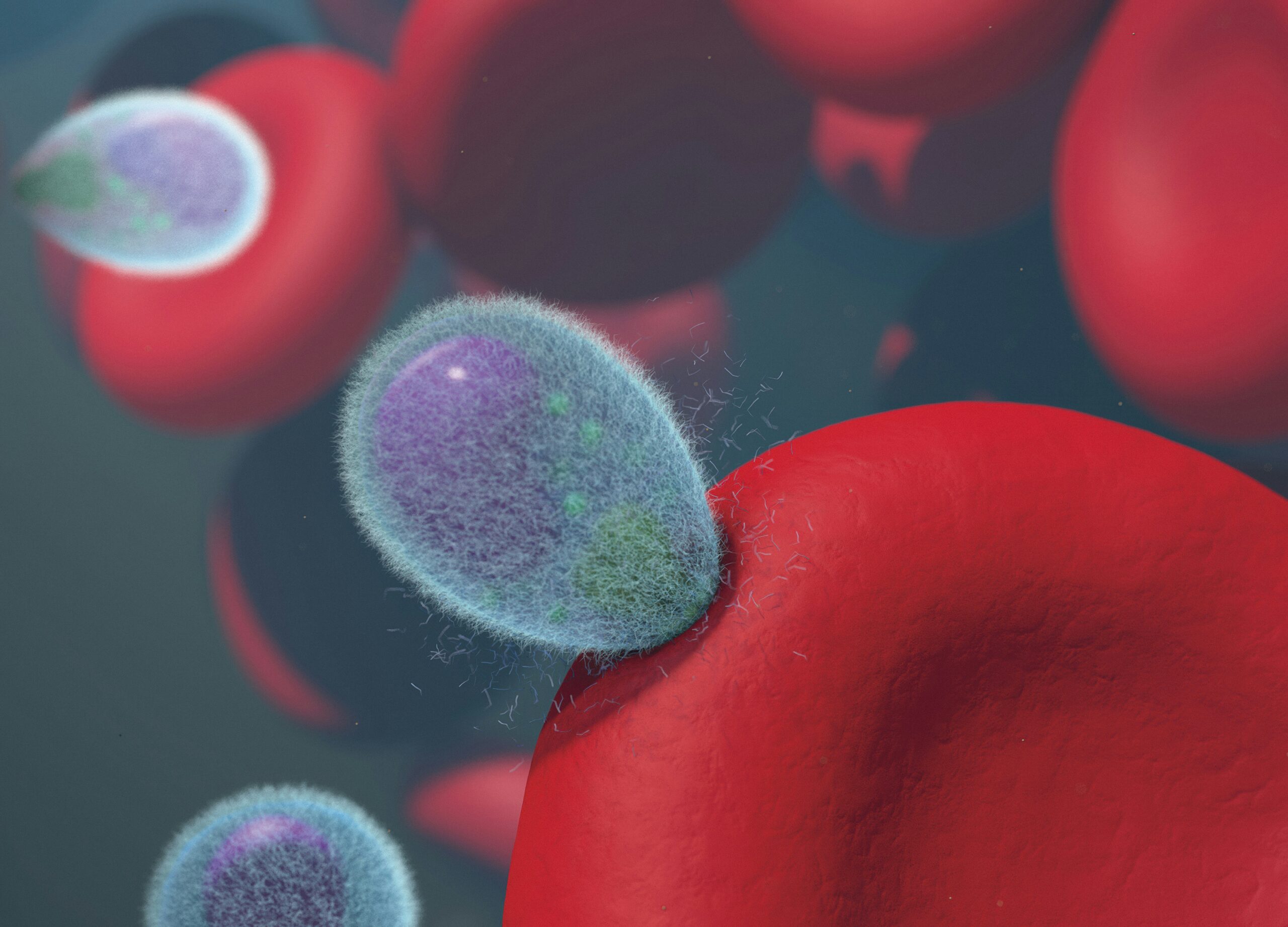 Parasite Infection
Parasite Infection Proteins and Inflammatory Markers
Proteins and Inflammatory Markers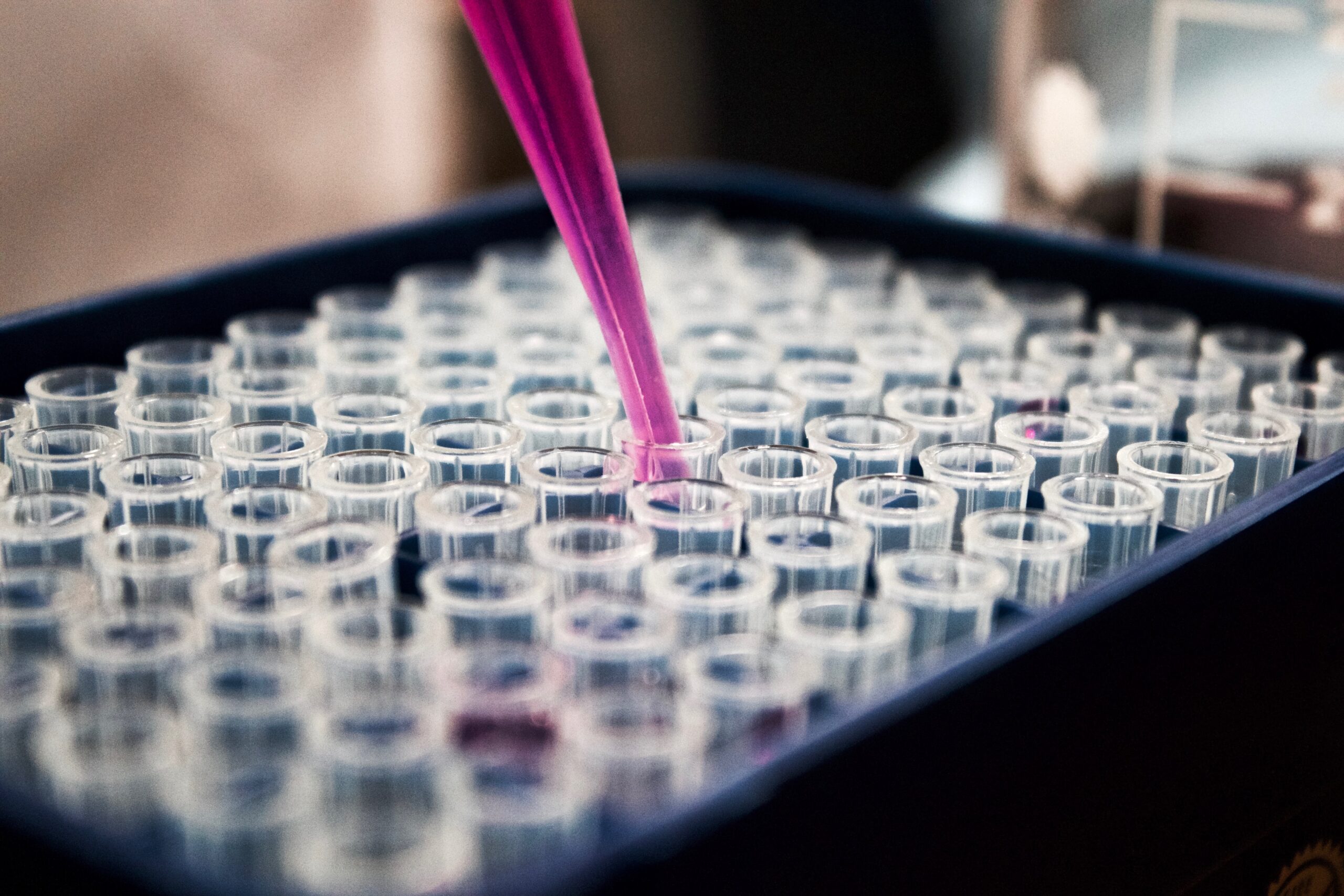 Qualitative Controls
Qualitative Controls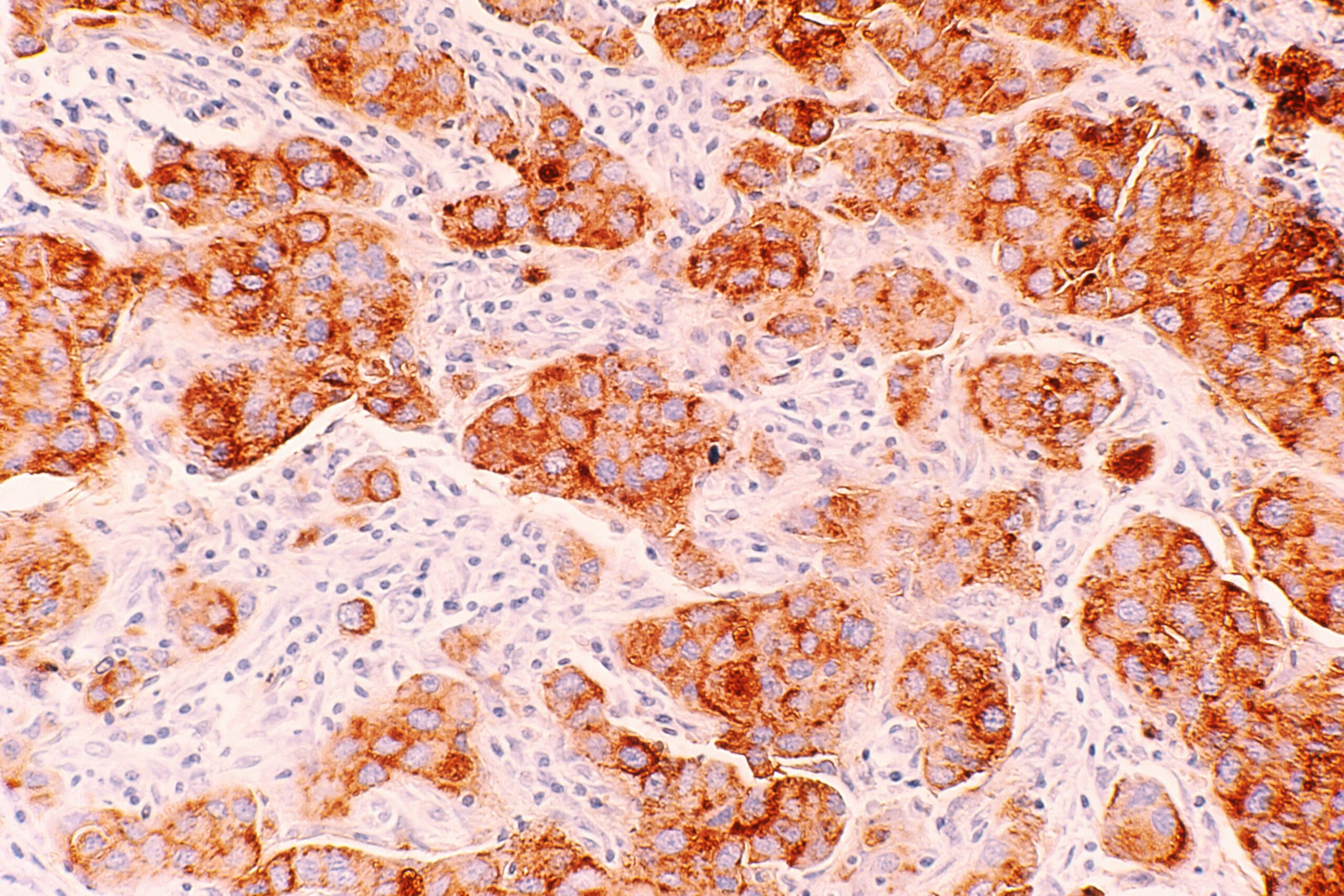 Tumor Marker
Tumor Marker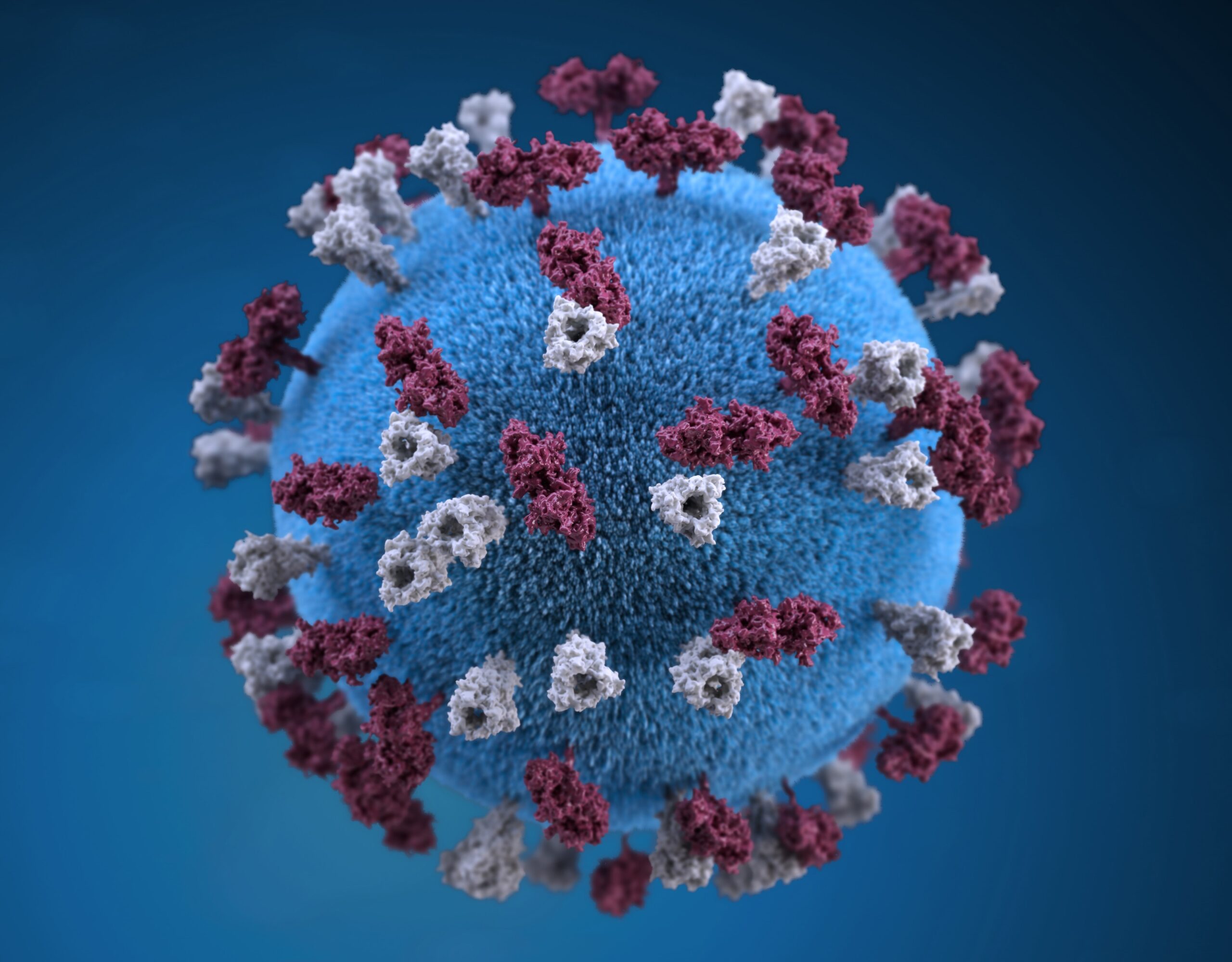 Viruses
Viruses